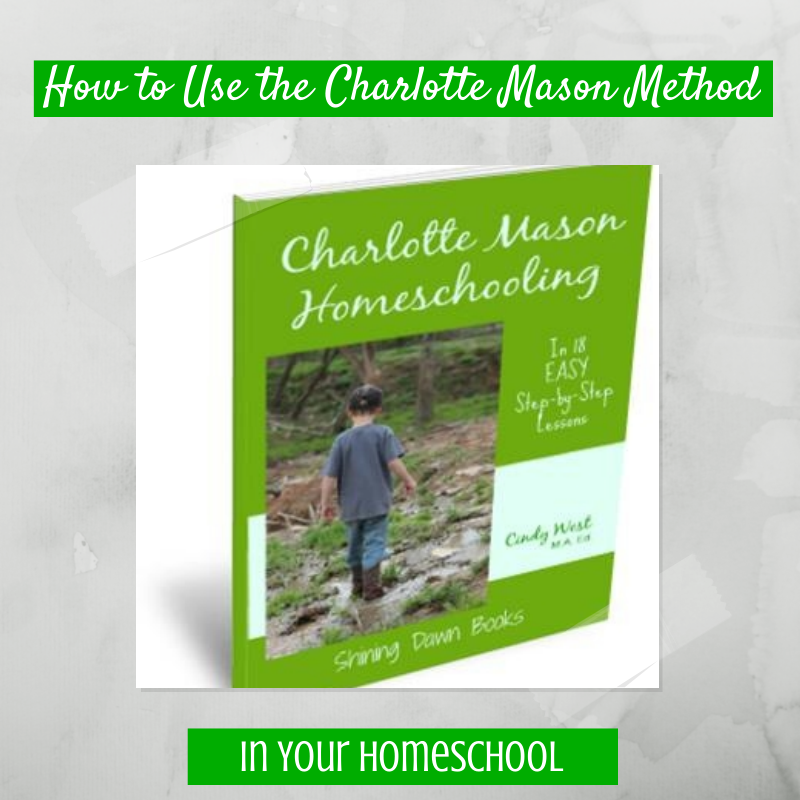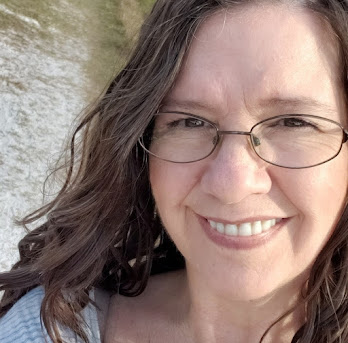
Yesterday's post was on using living books and ideas to teach history in a chronological order. Today, I want to discuss how exactly we do that. What does history through living books look like? Of course there are many ways to use a living books approach. This is the way that our family implements a living books approach to history.
Spine Books
Using a spine book is most helpful with history studies. A spine book is simply a book used as the "backbone" of the study. It may be a living book or it may be a textbook that follows a chronological order but it helps to tie the other stories and activities together.As a family, we read from the spine book, then leave it to go explore the topics in further detail. We read novels about the topic, event or person; make projects, learn a skill (for instance, basket weaving or candlemaking from our study of Seminole Indians); go on related field trips. When we are ready, we return back to the spine book to continue studying the time period.
Spine Books can be used to:
- Keep you on track
- Initiate further in-depth studies
- Lead you through history
- Teach outlining history
Reading
During our family history time, we read a fictional story together set in the time period. I, personally, never read for more than 15 or 20 minutes at a time, as I want to stay within the reasonable attention span of the youngest. My youngest is 8 years old. (Remember, lesson times are usually 15 minutes for elementary ages; 30 minutes for middle school ages and 45 minutes for high school ages.) Older children can do further studies on their own (see extra activities below).Narrations
Readings, whether from spine books or novels, are followed up with narrations from the children. We want to ensure that they are grasping the material. Knowing that they must narrate encourages them to pay focused attention.The main focus for younger children for them to meet the characters, place them in the context of history and perhaps have a general idea of dates. For teens, the focus is greater. Understanding cause and effect, they can evaluate the actions of people and the consequences of their choices. They can make connections in philosophies, art, music and the culture of the era. They can learn dates, times and places (this is when your child finally "gets" the Book of Centuries or Timeline you've been keeping all these years).
Extra Activities
Every homeschool is different and each person approaches teaching and learning differently. The following are just ideas/suggestions.1. Notebooking pages are helpful to younger children. The can draw illustrations to their narrations.
2. Middle and High School age children can read additional books and do research on a period, place, event or person.
3. Teens can develop their writing through history studies. Reports, essay writing in a variety of forms and creative writing in the forms of poetry, short stories, plays and narratives are effective writing assignments that can encourage the self-education process, increase the child's historical understanding and enhance his writing skills.
What do you think of this approach? Do you use another method for teaching history? I'd love to hear your thoughts.
Learn how to use the Charlotte Mason method in your homeschool!
In just one semester you can be fully implementing the methods of Charlotte Mason in your homeschool. Learn one step at a time with this ebook by Cindy West.
Read my review of Charlotte Mason Homeschooling and get your copy today.
In just one semester you can be fully implementing the methods of Charlotte Mason in your homeschool. Learn one step at a time with this ebook by Cindy West.
Read my review of Charlotte Mason Homeschooling and get your copy today.
Happy Homeschooling!



So helpful, thank you!
ReplyDelete